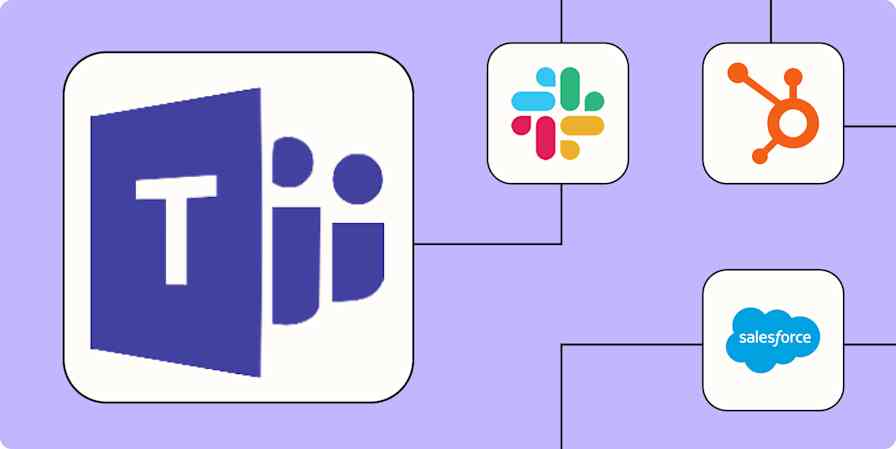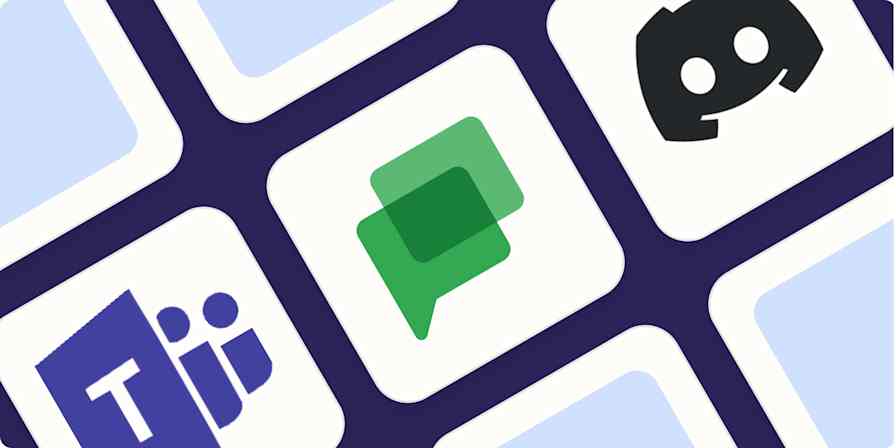App tips
3 min readPromote inclusive language on your team with a simple Slackbot
How Slack can help you "call in" non-inclusive language
By Dannielle Sakher · August 18, 2020

Get productivity tips delivered straight to your inbox
We’ll email you 1-3 times per week—and never share your information.
Related articles
Improve your productivity automatically. Use Zapier to get your apps working together.





